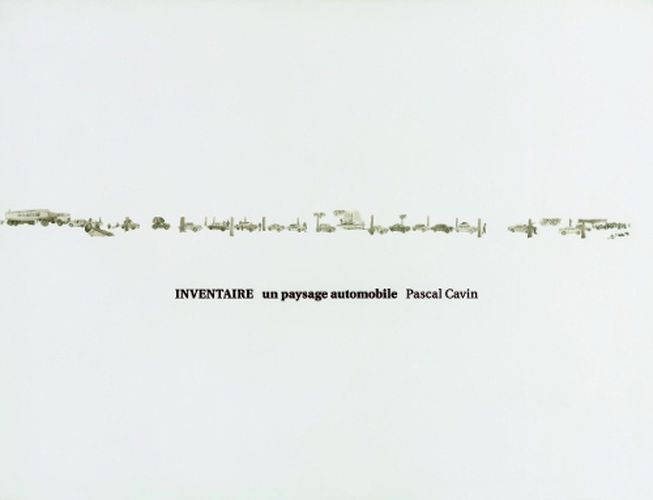Readings Newsletter
Become a Readings Member to make your shopping experience even easier.
Sign in or sign up for free!
You’re not far away from qualifying for FREE standard shipping within Australia
You’ve qualified for FREE standard shipping within Australia
The cart is loading…






In 1967, Jean-Luc Godard released his film Week-end. One of its scenes, in which the two protagonists stubbornly overtake an extensive traffic jam in a Facel Vega Facellia cabriolet, qualifies as the longest tracking shots in the history of cinema. The camera slowly passes by the line of about forty motionless cars whose occupants employ the most varied techniques to kill time. In a sense the viewer is also waiting, for seven long minutes, wondering what the cause of the traffic jam might be. In what for Godard is a metaphor for life-the camera’s journey ends in a pool of blood, the victims and the crippled cars have meanwhile been cleared from the street-Pascal Cavin sees, somewhat nostalgically, an impressive catalogue of cars. By isolating and labeling the individual vehicles in forty- five stills, he creates a thorough historical inventory of the automobile types populating the streets in the late 1960s.
$9.00 standard shipping within Australia
FREE standard shipping within Australia for orders over $100.00
Express & International shipping calculated at checkout
In 1967, Jean-Luc Godard released his film Week-end. One of its scenes, in which the two protagonists stubbornly overtake an extensive traffic jam in a Facel Vega Facellia cabriolet, qualifies as the longest tracking shots in the history of cinema. The camera slowly passes by the line of about forty motionless cars whose occupants employ the most varied techniques to kill time. In a sense the viewer is also waiting, for seven long minutes, wondering what the cause of the traffic jam might be. In what for Godard is a metaphor for life-the camera’s journey ends in a pool of blood, the victims and the crippled cars have meanwhile been cleared from the street-Pascal Cavin sees, somewhat nostalgically, an impressive catalogue of cars. By isolating and labeling the individual vehicles in forty- five stills, he creates a thorough historical inventory of the automobile types populating the streets in the late 1960s.